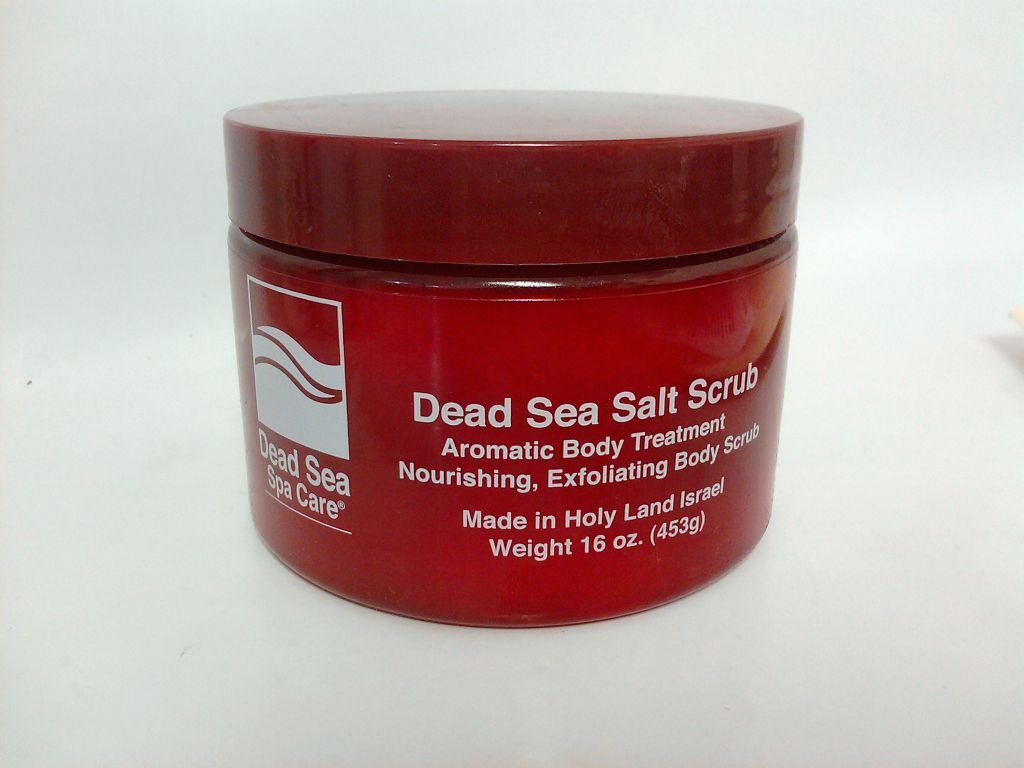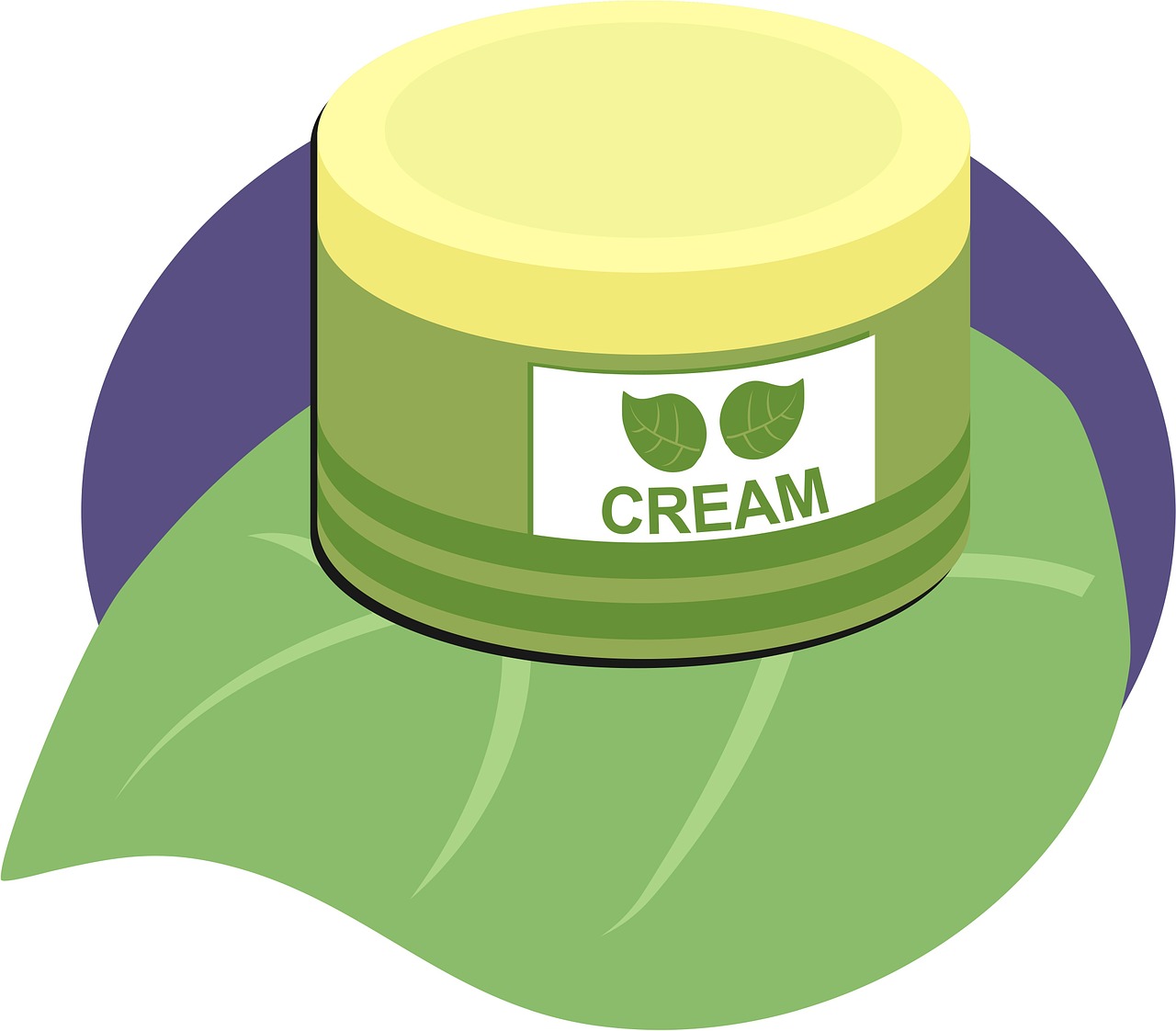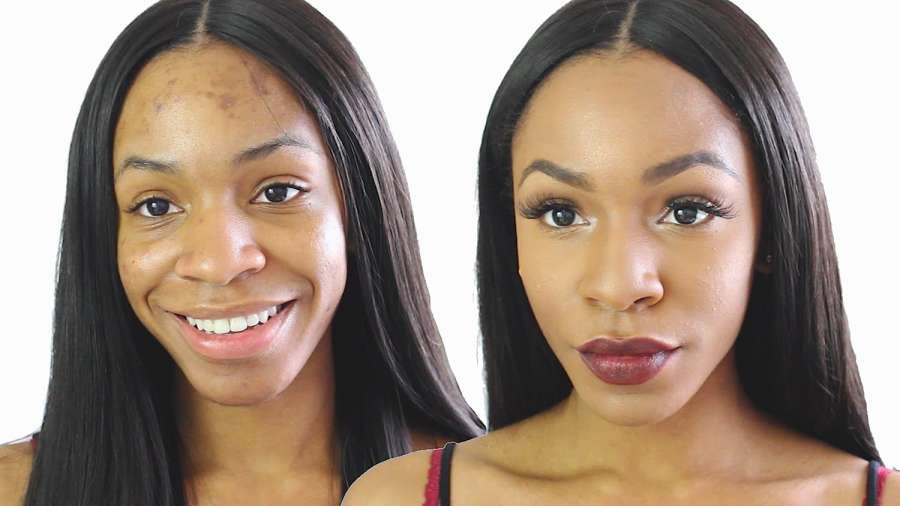You Don’t Just Have To Live With That Scar!
Few of us go through life without picking up a scar or two. There’s that one over your cheek from the teenage patch of acne or the accident with a knife while chopping onions and you ended up slicing your skin too. They are a roadmap of our lives, showing what we have experienced, the things we have done and the time that has passed.
Some scars are possible to embrace. You can show the knee scar from falling over as a child and laugh at the memory, amused by your childhood clumsiness. Then you cover it with a skirt and forget about it, never worrying what will happen if people see it.
On the other hand, facial scarring is much harder to ignore. Our faces are the first thing that people notice about us. Any blemish makes us self-conscious; women will be familiar with busting out the concealer for the monthly spot. At least in that instance we can be reassured it’s going to go away. With a scar, you’re stuck with it. It means that the skin is damaged on a cellular level, and while some minor ones may fade, most do not vanish completely.
To feel sure of yourself, facial scarring is something you need to take hold of. While it’s a daydream to tell people just to be confident, be themselves, in reality, who doesn’t want to look their best?
There are three stages of management that you need to consider.
Create
While there is little you can do to correct the cellular damage of scarring, that doesn’t mean you should abandon all hope.
Your best friend when it comes to trying to diminish the appearance of scars is exfoliation. Every time you exfoliate, you remove the outer layer of skin and encourage the growth of a fresh new layer. Do this often enough, and you will quickly begin to see a difference.

Photo via Wikipedia
Be gentle here. Yes, exfoliation is designed to remove skin, but that doesn’t mean you should go at it with all your might. It’s still your skin- do it wrong, and it’s going to hurt, not to mention the redness and potential damage. Never try and exfoliate dry skin; you are asking for trouble. Dampen your face with warm water or after a steamy-hot shower for best results, allowing you to avoid the worst of the potential pitfalls.
You don’t need fancy products to exfoliate, though specifically targeted products can help. For the easier method of exfoliation, common table salt or sugar can be mixed with oil. Apply gentle but firm pressure in circles across your face, rinse and moisturize.
It is also worth considering treatments like glycolic acid. These work as mini chemical peels, which might sound scary, but you can do it at home. It’s the same principle: remove the scarred skin, to encourage regeneration beneath it.
Calm
While you’re working on stripping away the outer layer, you need to nourish and protect the new skin growth.
Moisturiser is a huge part of that. You may be more sensitive after exfoliation, so reaching for your usual high street brand might be uncomfortable. Look for specialist products such as Dermefface FX7 or stick to sensitive skin options.

Image by Prawny
If you can, go without makeup whenever possible. Your skin needs to breathe during this process. Try and see it is a necessary evil. While this may mean a risk, it’s all for a good cause. Reassuring yourself that it’s temporary may make it feel easier to go bare-faced.
If you can’t do without some form of cosmetics, then look for mineral makeup. Not only is this less harsh on the skin than traditional brands, but some studies also suggest it might even be beneficial for skin health.
The restore phase is also a good time to start putting food on your face. Yes, really. There’re all sorts of nutrients found in food, particularly fruits, that can help with the regeneration process. Avocados are full of beneficial fats, while tomatoes contain high levels of Vitamin A which promote cell growth. You don’t need to spend a fortune on a variety of products, just invest in a few specialist ones and get the rest of the treatments from your supermarket.
Cover

Photo from YouTube
You can use all of the above in tandem with one another, so you’re giving your skin the best chance possible of recovery. Nevertheless, you may never be able to get fully rid of those unpleasant scars.
You will likely have found that conventional makeup just doesn’t know what to do with scarring, particularly if it is a large area. Foundation never seems thick enough; powder
collects in the dents and somehow ends up looking worse.
It’s natural to want to try and hide the problem, particularly for big occasions. If conventional makeup is not providing the coverage you crave, then look for specific brands that specialise. A lot of these brands were initially designed to cover up tattoos, so a few facial marks are not going to deter them at all.
The downside is that these products are very thick- there is a chance that your skin is going to rebel. Reserve the heavy duty stuff for days when you want to look your best. Using this kind of makeup regularly could dry out your skin, as they provide such an effective coating. Give it a rest between uses.
Furthermore, learning a few makeup techniques can help. Contouring is a well-known process for a more beautiful face, but done right; it can also help disguise features you would
rather forget. Use highlights and score darker powder or cream beneath, to remove the appearance of shadowing caused by dents or marks on the skin.
By combining the three Cs mentioned above, you have a realistic chance of finding a way to live with your scars. While it may sound cliche, there is also a need for acceptance with the issue. You can’t get rid of them completely, but you can accept you need a few extra steps in your routine. Become at ease with this and persist, and you should see – and feel – a difference.

Leave a Reply
You must be logged in to post a comment.